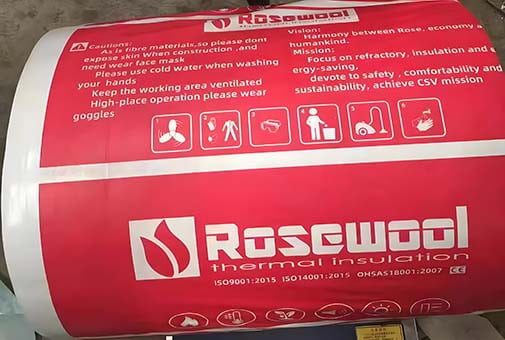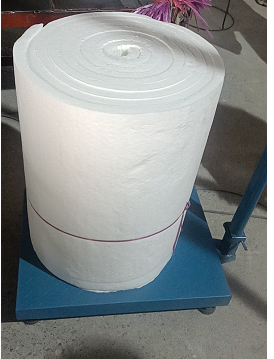Introduction
Ceramic fiber blankets, widely used in high-temperature insulation for industries like steel, aerospace, and petrochemicals, face growing environmental concerns due to their non-biodegradable nature. Improper disposal of ceramic fiber waste can release harmful respirable fibers, posing health risks and violating regulations like OSHA and REACH. This article explores eco-friendly recycling methods and best practices for sustainable ceramic fiber blanket disposal, aligning with global ESG (Environmental, Social, Governance) goals.
Why Recycle Ceramic Fiber Blankets?
-
Health & Regulatory Compliance
- Ceramic fibers are classified as Group 2B carcinogens (IARC). Recycling minimizes airborne fiber release, protecting workers and avoiding fines (e.g., OSHA’s permissible exposure limit: 0.1 fiber/cm³).
- Non-compliance with EU’s REACH or U.S. EPA guidelines can lead to penalties up to $50,000 per violation.
-
Environmental Responsibility
- Landfilling ceramic waste contributes to soil contamination. Recycling reduces landfill dependency by up to 90%.
- Energy savings: Reprocessing ceramic fibers uses 40% less energy than manufacturing virgin materials.
-
Cost Efficiency
- Recycling cuts waste disposal costs by 30–50% compared to hazardous waste landfill fees.
4 Sustainable Disposal Methods for Ceramic Fiber Blankets
1. Mechanical Recycling (Shredding & Reuse)
- Process: Shred ceramic fiber blankets into smaller fibers for reuse in low-grade insulation or composite materials.
- Efficiency: Achieves 70–85% material recovery.
- Applications:
- Fillers for fireproof boards or gaskets.
- Reinforcement in cement or asphalt mixtures.
2. Thermal Treatment (Vitrification)
- Process: Melt ceramic fibers at 1,500°C+ to form glassy slag, neutralizing crystalline silica.
- Certification: Compliant with ASTM C795 for safe handling.
- Output: Inert slag usable in construction aggregates.
3. Chemical Recycling (Acid Leaching)
- Process: Dissolve ceramic fibers in hydrofluoric acid (HF) to extract reusable alumina-silica compounds.
- Caution: Requires specialized facilities due to HF’s toxicity.
- Yield: 60–75% pure alumina recovery for new ceramic production.
4. Partnering with Certified Waste Handlers
- Key Criteria:
- Look for ISO 14001-certified recyclers.
- Verify permits for hazardous waste processing (e.g., EPA ID numbers).
- Case Study: A German steel plant reduced disposal costs by 44% by collaborating with Veolia’s GeoMelt® vitrification service.
Step-by-Step Guide to Recycling Ceramic Fiber Waste
- Segregation: Separate uncontaminated blankets from those exposed to oils or chemicals.
- Containment: Use sealed containers labeled “Respirable Fibers – Handle with PPE.”
- Documentation: Prepare SDS (Safety Data Sheets) and waste manifests for transporters.
- Choose a Method: Opt for vitrification for hazardous waste or mechanical recycling for clean fibers.
FAQs: Ceramic Fiber Recycling Challenges
Q: Can used ceramic fiber blankets be 100% recycled?
A: No, but hybrid methods (e.g., shredding + vitrification) can recover up to 95% of materials.
Q: How to handle damaged or contaminated ceramic fiber insulation?
A: Treat as hazardous waste and consult licensed handlers for thermal/chemical processing.


